The Reason “Skiing is Easier to Learn” Than Snowboarding
If you ski or snowboard, you’ve been asked which sport is more difficult to learn. The common opinion seems to be that “skiing is easier to learn, but harder to master”. This idea permeates the industry so deeply that it shapes the organizational structure of snowsports schools and products recommended to guests. Often by telling people that they should learn to ski before learning to snowboard. But how are years of skiing going to make you a better snowboarder instead of years of snowboarding?
Currently PSIA (Professional Ski Instructors of America) teaches it’s instructors to teach how to ski in a wedge as the foundation for the student progression. This is what makes it seem like skiing is easier to learn, and biomechanically this is true. Skiing in a wedge is in many ways easier than walking. The balance is easier with its wide stance in all directions, and you just need to look where you want to go while pushing yourself in that direction.
Teaching the wedge is like training wheels on a bicycle; it gets people moving but is missing critical components for high performance maneuvering. As you move faster, the wedge no longer works just like a tricycle becomes more difficult and even impossible to turn. At this point you have to go back to a slower pace and learn fundamental skills that were omitted for the sake of brevity. Some of the learned habits have to be modified as they impede the progress of the participant, making skiing harder to master.

Simply removing the pedals from a bicycle allows someone to learn all of the fundamentals of bike handling in a lower risk environment. Learning to balance and lean the bike comes naturally while the rider gets to manage risk on their own terms. Starting on a single, short ski allows the skier to have similar results to removing pedals from a bike. Particularly when used in low angle terrain and in spaces where the skier only needs to turn one direction. This is why a growing number of instructors are proponents of direct to parallel as the foundation of teaching skiing. These things take more patience and terrain management from the teacher, but they also seem to make the learning process easier for the student.
There are ski schools that have developed the “direct to parallel” pedagogy, and it’s largely all they teach. Places such as Aspen Snowmass use much shorter skis and shape terrain to simplify the complex movements of skiing. It may look ridiculous when you see a 6 foot tall person on a pair of 145cm skis, but the results of the progression speaks volumes. Even though people start a little more slowly, they advance more quickly later on. Establishing a stronger sense of balance and more precise movements leads to a smoother learning experience.
For someone who just wants a way to spend time outside, the wedge is great. It gets them moving quickly and movement is fun. It’s all about introducing the right methods for the desired outcome of the guest. If they want to become better later on, there is an incredibly proven method for doing so. At the end of the day it’s best to teach your guests’ desires.
The education process for snowboarding has also been simplified to its most basic movements, but it doesn’t have the same cheat hack as skiing or cycling. Even just learning to whip your back foot around to make your snowboard turn is incredibly demanding and complex. It also creates some incredibly brutal falls when you are learning how to do this. Thus, snowboarding looks “more difficult to learn, but easier to master.” Especially by those who never took lessons.
Terrain based learning (TBL) areas help when shaped well for the way a snowboard moves, but they are often built with skiing in mind. These spaces are usually miniature halfpipes or snow wedges, and low angle banked turns to establish basic movement skills. Moving on to a low angle, single fall-line piece of terrain makes it easier to expand these skills. But what is easier for beginner skiers isn’t always easier for beginning snowboarders. Because of this, it isn’t uncommon to see snowboard instructors eschew non ideal TBL for the old school teaching methods.

The snowboard education process is effective, and a lot of time has been devoted to refining it. But without the aid of equipment changes to simplify the movements it can require more time to learn. This also requires instructors who have the desire to take time to work with guests who struggle. And with the “crutch” of wedge skiing to fall back on, there are many instructors who take this “out”.
There are some projects in the works to develop something like the balance bike or short skis paired with TBL spaces. Hopefully these projects will change the understanding of which sport is easier to learn. But at the end of the day, the sport that is easiest to learn is whichever one the guest is most interested in. Even if they will struggle a little bit more at the onset, internal motivation is effective. Hopefully soon, hearing someone tell guests “you can always try skiing” will be a thing of the past. Because if your instructor doesn’t believe in you, who else will?
The post The Reason “Skiing is Easier to Learn” Than Snowboarding appeared first on agnarchy.com.










